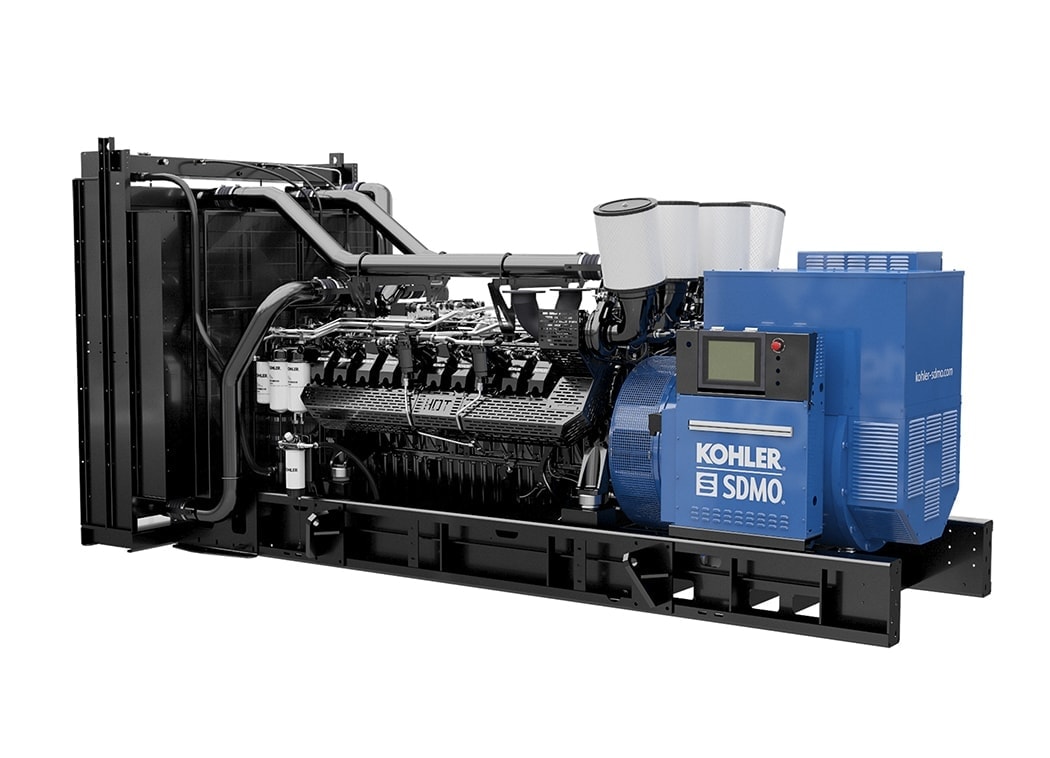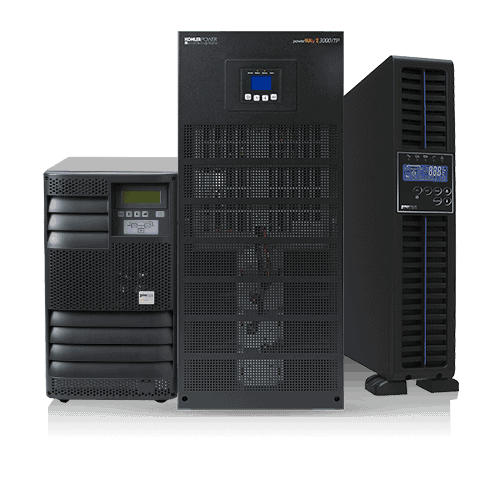In many data centre operations, back up power generators are a vital complement to uninterruptible power supplies; if adequately fuelled and supported, they can continue to provide electrical power for as long as needed during extended blackouts or utility power problems. However, relatively large, diesel generators can affect the environment and people around them without sufficient planning to mitigate their impact.
This starts with seeking local authority planning permission; requirements vary according to location. Local regulations must be checked before installing or operating a standby generator. If fuel is to be stored on-site then the local fire officer may also need to inspect the proposed backup generator and fuel positions. The local electricity supply company must also be advised of an installation of a generator on the site.
Generator installation starts with providing adequate and regulation-compliant fuel storage facilities. In England the Control of Pollution (Oil Storage) (England) Regulations 2001 requires oil storage tanks to have a secondary containment facility such as a bund or drip tray to prevent oil escaping into the water environment. The regulations apply to all oil storage containers greater that 200 litres located above ground at an industrial, commercial or institutional site. Different regulations apply in Scotland and in Northern Ireland, however there are currently no equivalent regulations in Wales.
A backup generator supplied with a standard double bunded day tank that can provide eight to 24 hours’ full power run-time is relatively straightforward to position and install, however, the siting of bulk fuel tanks with their associated fire valves and fuel pumps will require specialist advice.
Depending on size, the installation of the generator may require special delivery vehicles and lifting equipment. Even a smaller, 100kVA generator weighs several tonnes and is the size of a small car. It requires careful consideration for its positioning, and delivery into the chosen position. The backup generator system must be installed on a flat, level surface, and may require secure floor fixings. Accordingly, standby generators are often installed on a purpose-built concrete slab.
As a minimum, a power cable rated to carry full generator power supply and a signal cable to carry generator start/stop signals must be run between the backup generator system and the AMF panel and/or the essential services board.
If the standby generator power cable is long then its rating may need increasing to reduce the voltage drop along it. This increases the electrical costs of the installation of the generator, so it should be located as close as practically possible to the AMF panel and/or the essential services board.
Acoustic noise can be an issue, depending on the backup generator system’s proximity to occupied areas, and its likelihood of operating at night. Acoustic housings with various noise attenuation ratings are available for standby generators, but costs rise with higher attenuation ratings.
A backup generator system, when running, produces heat as well as electrical power. Almost all standby generators are air-cooled, so enough cooling air must be provided. Accordingly, most backup power generators are installed outside the building in weatherproof and acoustically-shielded enclosures.
Backup generator systems also create exhaust gases, which must be vented safely. Any exhaust system fitted has to avoid disturbance to nearby people, while ensuring that fumes are minimised and vented safely. Long exhaust pipe runs or bends in the exhaust pipe call for an increase in the pipe’s cross-sectional area. Any part of the exhaust pipe passing through a building must be lagged to minimise the problems of heat and fumes. Specialist advice is required when exhaust pipes pass through, or attach to a building.
Considering the importance of getting the installation of a generator right, and the multiple disciplines needed to do so, it makes sense to use one of the UK’s top generator suppliers such as KOHLER Uninterruptible Power. They can not only deliver a matched UPS–generator pair but also provide the installation and commissioning, necessary to ensure a trouble-free backup generator implementation. They can also offer UPS-generator servicing and maintenance plan for ongoing peace of mind.
If you have any questions about our backup power generators or our generator maintenance plans please get in touch with KOHLER Uninterruptible Power via our contact page or call us on 0800 731 3269.





